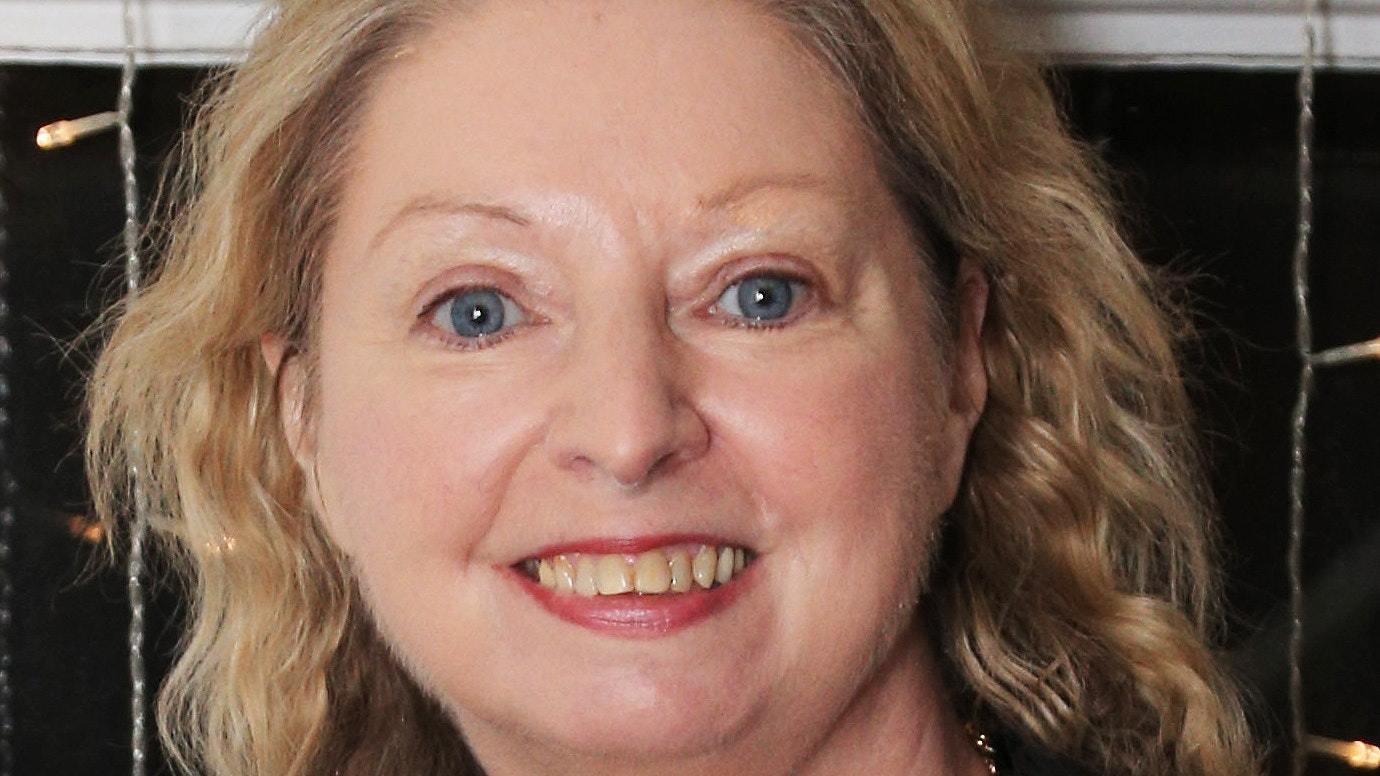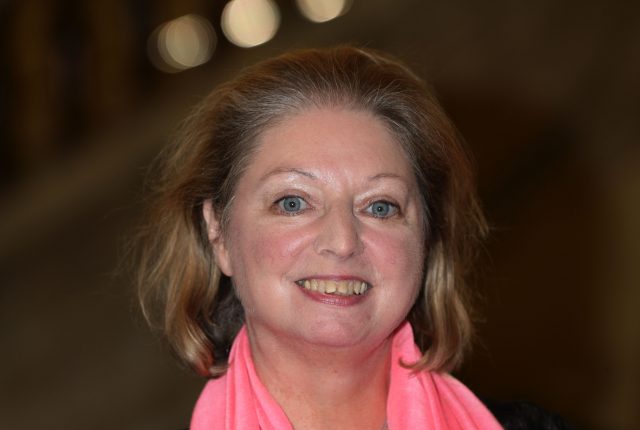
Author Hilary Mantel has attacked the “princess myth” surrounding the late Diana, Princess of Wales, five days before the twentieth anniversary of her death.
Writing in The Guardian, Mantel criticised the “mystical realm” in which “royal people exist”, and said there was “no bar on saying what you like” about the late princess, “in defiance of the evidence”.
Using an example from the recent Channel 4 documentary, Diana In Her Own Words, Mantel said the interviews were “trailed as revealing a princess who is ‘candid’ and ‘uninhibited’,” but actually showed her as “self-conscious and recalcitrant”.

She continued: “Squirming, twitching, avoiding the camera’s eye, she describes herself hopefully as ‘a rebel’, on the grounds that she liked to do the opposite of everyone else.
“You want to veil the lens and explain: that is reaction, not rebellion. Throwing a tantrum when thwarted doesn’t make you a free spirit. Rolling your eyes and shrugging doesn’t prove you are brave.
“And because people say ‘trust me’, it doesn’t means they’ll keep your secrets.”

The Wolf Hall novelist previously caused a furious reaction in a 2013 lecture, when she dismissed the Duchess of Cambridge as a “plastic princess”, whose only purpose is to breed.
In Saturday’s Guardian article, Mantel also said the young Diana’s rise to public affection came at a time when the comparable female role models were “old and their cupboards were bare of food and love”.
She said: “A Queen who, even at Diana’s death, was reluctant to descend from the cold north, and a prime minister formerly known as Maggie Thatcher, Milk Snatcher.”
Diana died alongside Dodi Fayed in a car crash in Paris in 1997.
In a television interview last month Diana’s sons, the Duke of Cambridge and Prince Harry, gave a warm account of their “ordinary” mother, but said it would be the final time they would talk about her in public.

Enjoy the convenience of having The Sunday Post delivered as a digital ePaper straight to your smartphone, tablet or computer.
Subscribe for only £5.49 a month and enjoy all the benefits of the printed paper as a digital replica.
Subscribe